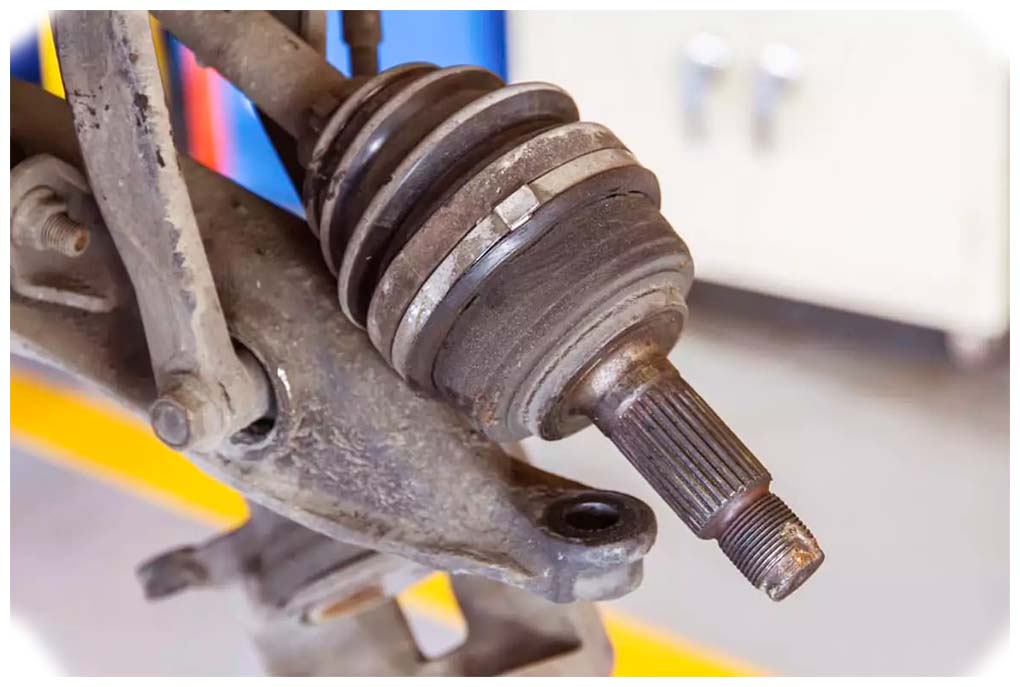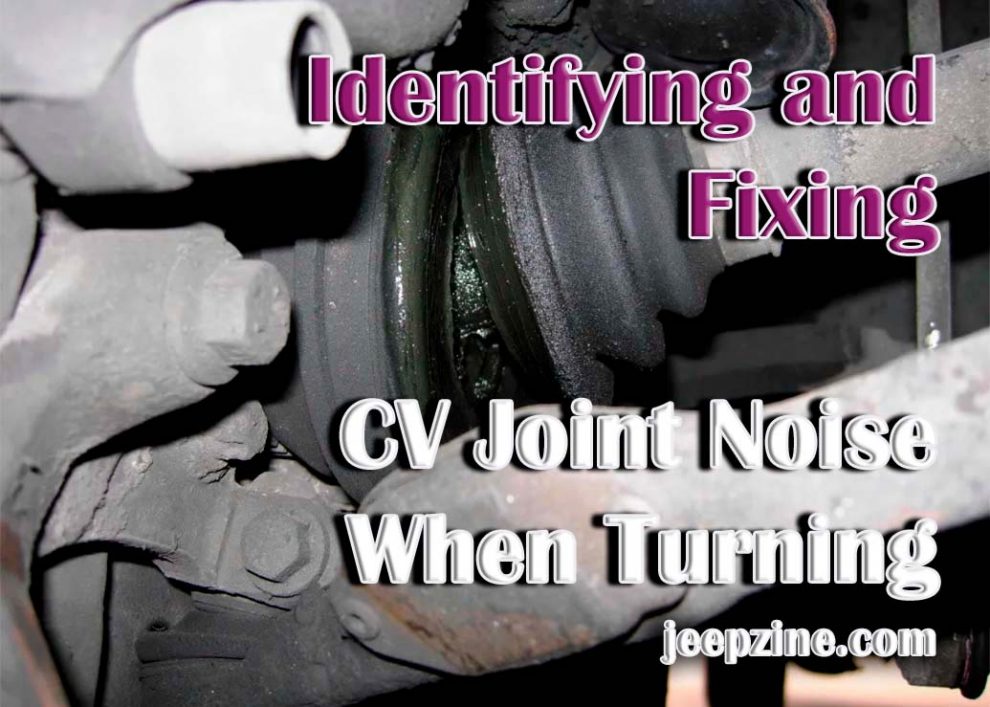Have you noticed a loud clicking sound when turning your car? This noise is typically caused by a worn or damaged constant-velocity (CV) joint. CV joints are found on the ends of the axles that connect to the wheels and allow them to turn freely, and they can suffer damage from wear or corrosion over time. In this article, we will discuss how to identify and fix CV joint noise when turning so you can get your vehicle back on the road.
What is a CV Joint?

What Causes CV Joint Noise?
CV joint noise can be caused by several factors. One common cause is wear and tear due to regular use over time. As the CV joint’s components, such as the bearings and grease, deteriorate, they can generate noise. Another cause is a damaged or worn CV joint boot. If the boot fails, allowing dirt, moisture, and debris to enter, it can lead to accelerated wear and noise. Additionally, excessive force or improper installation during CV joint replacement or repair can cause misalignment or damage, resulting in noise. Driving conditions can also contribute to CV joint noise, especially if the vehicle is subjected to rough terrains, potholes, or excessive vibrations. These conditions can put additional strain on the CV joint and lead to noise. If you hear clicking, popping, or grinding sounds during turns or while accelerating, it is advisable to have the CV joint inspected by a qualified mechanic to identify the cause of the noise and take appropriate measures to resolve the issue.
Replacing Worn or Damaged CV Joints
If your vehicle’s CV joint needs replacement, it is best to have a qualified mechanic complete the job rather than attempting it yourself. They will be able to properly install the new parts while ensuring that all components are correctly aligned and secure before refilling with grease and reinstalling it onto your car axle. It may also be necessary to replace other components associated with the CV joints such as axles or wheel bearings depending on their condition. Also read about the Best Ball Joints for Jeep, as this could be another essential element that needs replacement in your vehicle, ensuring a smoother and safer drive.
Conclusion
If you’re experiencing CV joint noise when turning, it’s crucial to address the issue promptly to avoid further damage and ensure safe driving. By understanding the function of CV joints, recognizing the causes of CV joint noise, and identifying problematic joints through clicking, popping, or grinding sounds, you can take the necessary steps to resolve the problem. While CV joint replacement is best left to a qualified mechanic, they will have the expertise to properly install new parts, align components, and ensure the overall integrity of the drivetrain system. By following these guidelines, you can restore the smooth operation of your vehicle and enjoy a quieter and more comfortable driving experience.


Add Comment